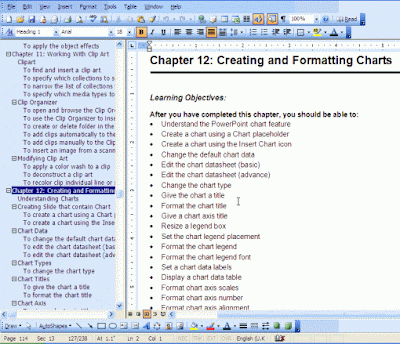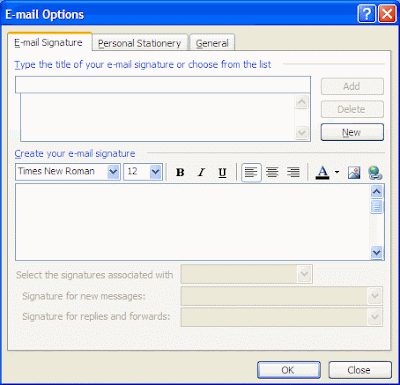A Word Document Mapis useful when navigating a large document. It displays a list of headings in your document in a separate left hand pane of the screen. When you use this feature, Word will create a list based on itsheading styles (Heading1, Heading 2, and so on). The headings must be formatted using one of the built-in headingstyles.When you click on any of the headings in the map, Word will quickly jump to the corresponding heading in the document. TheDocument Map is to assist you when you are working on your document.
To enable the Document Map





